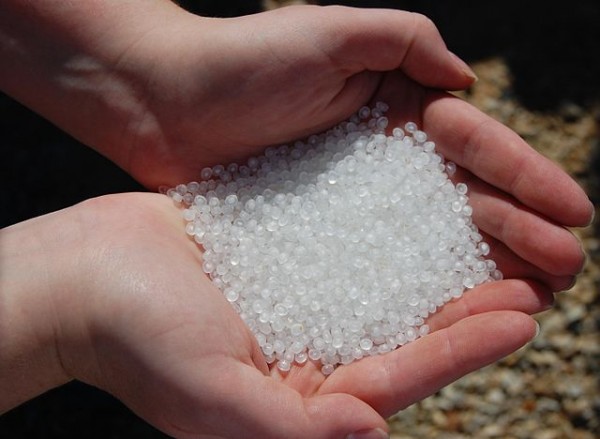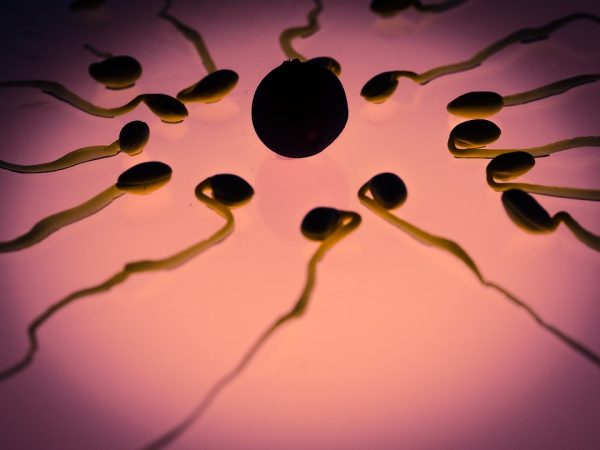 Parler
Parler Gab
Gab
High levels of microplastics found in fish
Fish fauna is one of the most-studied groups of organisms in connection with the effects of microplastics. The study, which examined the effects of pollution on 96 species, discovered a maximum impact on fish in the lagoons of Bizerte and Ghar El Melh in Tunisia, especially the golden gray mullet (Liza aurata) and the Salema porgy (Sarpa salpa), with consumption of up to 65 microplastics per individual. Mollusks, with levels of up to 17 microplastics per individual, are another of the most impacted groups, with the highest values found in Eastern oysters (Crassostrea virginica) in Florida's Mosquito Lagoon. The study also revealed the presence of microplastics in the water column, sediments and fish in the Iberian Peninsula coastal lagoons. Besides gathering in particular areas of lagoon ecosystems, microplastics can also end up in the sea and exacerbate the problem of ocean pollution. (Related: Microplastic pollution is the REAL threat to our oceans, warn scientists.) The paper is based on studies that have combined various methodological approaches like direct visual inspection, chemical digestion and density separation to study diverse habitats that may cover coral reefs, seagrass beds, beaches and swamps. Accomplishing this goal requires a series of collective actions at global, regional, national and local levels. Follow Microplastics.news for more news about microplastic pollution. Watch the video below to know why microplastics are everywhere – including the human body. This video is from the Objective: Health channel on Brighteon.com.More related stories:
The plastic pollution problem is wide AND deep: Study finds sea animals from the deepest parts of the ocean, 7 miles down, have plastic in their stomachs. FINDING: Masks will silently deprive humans of oxygen for years to come through microplastic pollution. Australian researchers use "green and cost-efficient" microscopic nanosprings to break down microplastic pollution. Speeding up Mother Nature: New nanocoating technology can speed the degradation of microplastics by harnessing the elements. Human hackability: Microplastics in humans could harbor nanoparticles for tracking, data collection. Sources include: ScienceDaily.com ScienceDirect.com Brighteon.comTwo studies reveal link between SUGAR consumption and CANCER
By Ramon Tomey // Share
Carbon dioxide isn’t a “pollutant” causing global warming, it’s the elixir of life itself
By Ethan Huff // Share
Alex Jones: People living close to 5G kill grids are going to DIE from cancer
By Kevin Hughes // Share
Study warns of possible reproductive crisis as sperm counts drop worldwide
By Belle Carter // Share
By Arsenio Toledo // Share
CDC to investigate defunct Fort Ord base after hundreds of soldiers assigned there developed cancer
By Belle Carter // Share
Governments continue to obscure COVID-19 vaccine data amid rising concerns over excess deaths
By patricklewis // Share
Tech giant Microsoft backs EXTINCTION with its support of carbon capture programs
By ramontomeydw // Share
Germany to resume arms exports to Israel despite repeated ceasefire violations
By isabelle // Share










